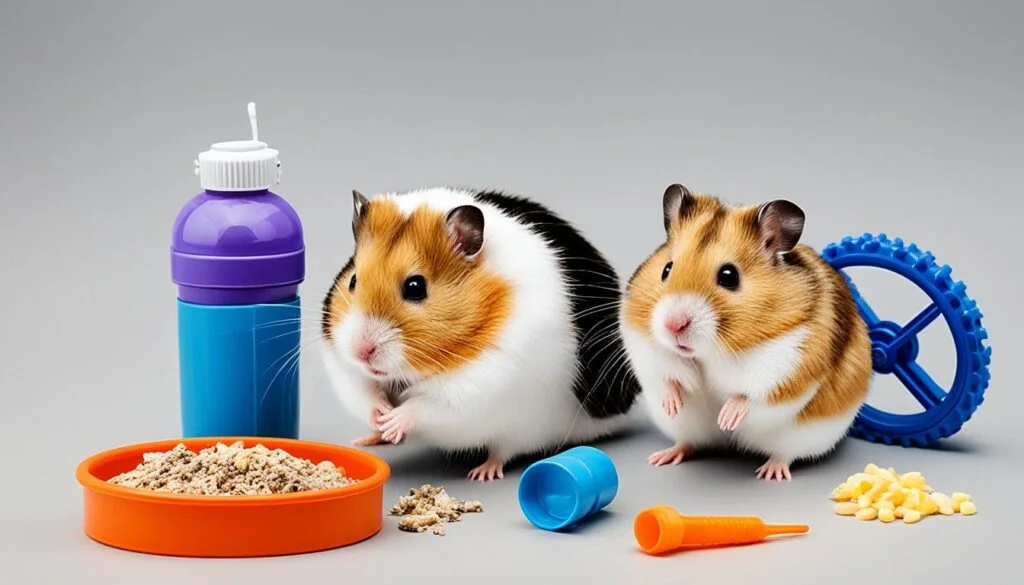Have you ever wondered how many times a day a hamster poops? It’s a question that may seem trivial, but it’s actually quite fascinating to explore the bowel movement habits of these small furry creatures. Understanding the frequency at which hamsters excrete can provide valuable insights into their overall health and well-being.
Unlike humans, who typically have one or two bowel movements a day, hamsters tend to poop multiple times throughout the day. But just how many times do they do it? Is it a sign of an unhealthy digestive system if they poop more or less often? Let’s unpack the answers to these questions and delve into the fascinating world of hamster excretion habits.
Factors That Affect a Hamster’s Pooping Habits
Several factors can influence a hamster’s pooping habits. One such factor is diet. The type and amount of food a hamster consumes can have an impact on the frequency of their bowel movements. Hamsters are omnivores and have a varied diet that includes fruits, vegetables, seeds, and nuts. Fruits and vegetables, in particular, have a fast-acting effect on their digestive system, causing them to poop more frequently.
Another factor that can affect a hamster’s pooping habits is stress. Changes in their environment or the presence of other animals can increase a hamster’s stress levels, resulting in more frequent pooping. Stress management techniques and providing a calm and stable environment can help regulate their bowel movements.
Additionally, age is another important factor to consider. Younger hamsters tend to have faster digestive systems and therefore poop more frequently compared to older hamsters. As hamsters age, their metabolism slows down, affecting their bowel movement patterns.

Hamster Cage Cleaning and Litter Training
Keeping your hamster’s cage clean is vital for their health and well-being. Regular cleaning helps prevent the buildup of waste and ensures a hygienic environment for your furry friend. It is recommended to clean the cage at least once a week.
Start by removing any soiled bedding, as this is where most of the mess accumulates. Clean the food dishes and water bottles thoroughly to prevent the growth of bacteria. Replace the bedding with fresh, clean material to keep the cage smelling fresh.
Once a month, it’s important to perform a more thorough cleaning. This includes washing all accessories and toys with warm, soapy water to remove any dirt or bacteria. Disinfecting the cage on a monthly basis helps maintain a healthy environment for your hamster.
Litter training can also be a helpful way to minimize cleaning efforts. By providing your hamster with a designated spot for their bathroom needs, you can keep the rest of the cage cleaner and reduce odors. You can create a litter box by using a cardboard container or purchase one from a pet store.
To train your hamster to use the litter box, place some soiled bedding or droppings in the box as a visual cue. Encourage your hamster to explore the box and praise them when they use it. Be patient and consistent, as it may take some time for your hamster to get the hang of it.
Regularly scoop out the litter or soiled bedding from the litter box and clean the food and water dishes to maintain a clean and hygienic hamster cage. By following these tips, you can ensure that your hamster has a clean and comfortable living environment.
